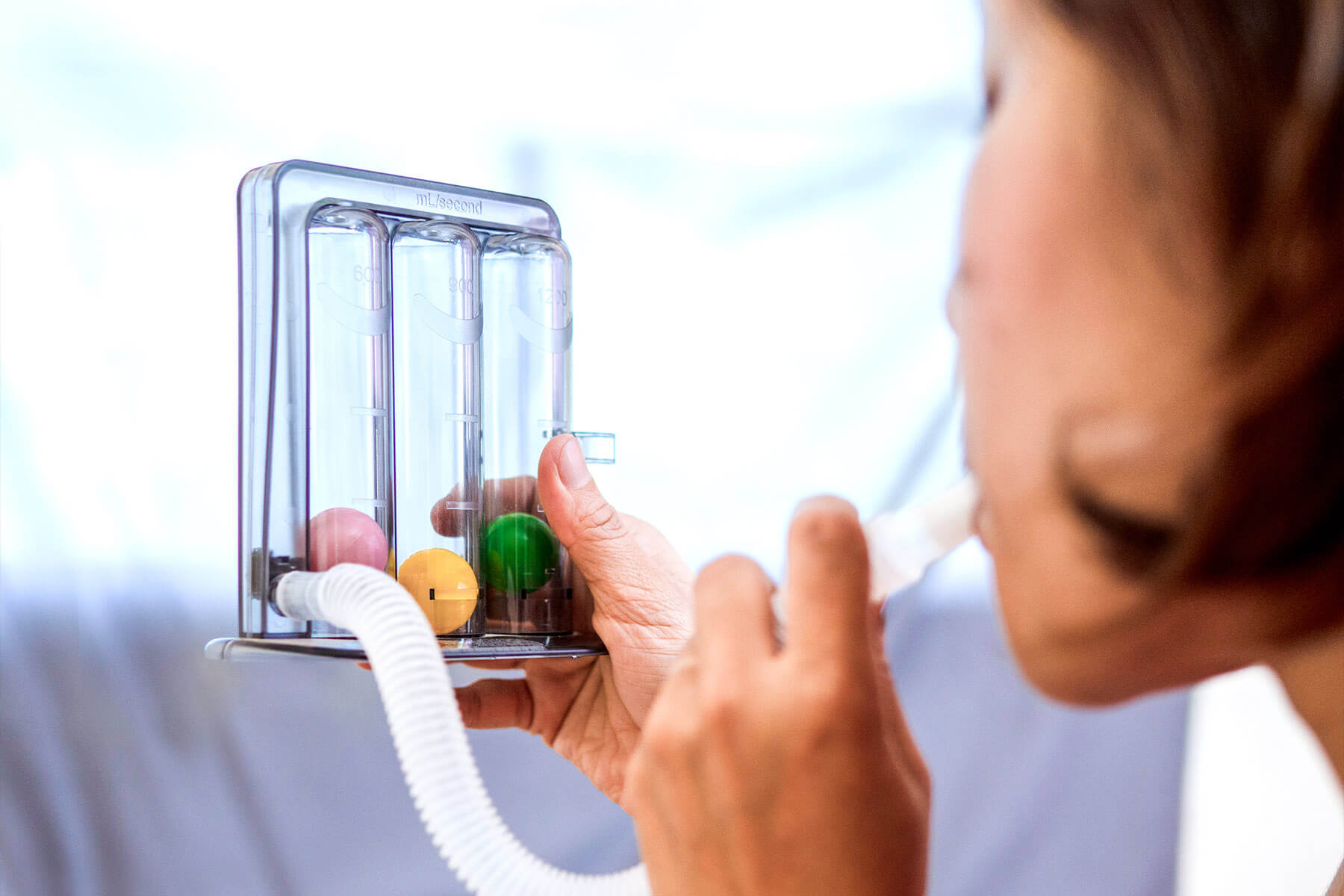Breathing is so easy for healthy people to do that it doesn't even require conscious control. However, there are many patients with respiratory failure who cannot wean from the ventilator successfully after their condition improves, which leads to long-term dependence on respirator. Some simple respiratory muscle training exercises are helpful for muscle weakness, decreased ventilation, and poor airway sputum removal caused by prolonged bed rest. In addition, recent studies have pointed out that the training of respiratory muscles can improve metabolic rate and respiratory efficiency, and also increase endurance and maximal oxygen uptake. Therefore, respiratory muscle training is no longer just for patients with difficulty in weaning from the ventilator, but also for healthy people to improve their health and quality of life.

1. Principles of breathing and muscles
Respiratory muscles are mainly divided into inspiratory muscles and expiratory muscles. Since the lungs don't have any muscles of their own, they can't regulate the movement of air in and out of the lungs by themselves, so they need the help of breathing muscles. The diaphragm is the main inspiratory muscle of the body. When inspiratory, the diaphragm contracts and moves down. At this time, the volume of the chest increases, and the outside air enters the lungs for gas exchange. When exhaling, the diaphragm relaxes and rises in position, the volume of the chest decreases, and air is expelled from the lungs.
In addition to the inspiratory muscles, the human body also has other muscles to help with inspiration, we call them: inspiratory auxiliary muscles, such as: intercostal muscles, pectoralis major, trapezius, sternocleidomastoid and so on. In general, the auxiliary inspiratory muscles are not used when inhaling normally. Only when inhaling forcefully, the auxiliary inspiratory muscles will contract, such as respiratory failure and deep breathing. Exhaling muscles include: rectus abdominis, external oblique, internal intercostal muscles and so on. Natural exhalation does not need to use the exhalation muscle, only in movement, spontaneous ventilation, forced cough when the exhalation muscle will contract.
2. Respiratory muscle training benefits
- Reduce the number of breaths, learn to regulate breathing, slow down fatigue and improve aerobic metabolism.
- Diaphragmatic training increases lung volume and maximal oxygen uptake with every centimeter decrease.
- Improve the strength of core muscle group, increase the instantaneous ventilation, improve the tolerance of cardiopulmonary function during activities.
- Deep and long breathing can promote parasympathetic activation and stable mood.
- Help ventilator-dependent patients strengthen their breathing muscles so they can wean from the ventilators.
3. Respiratory muscle training
- Upper limb chest expansion: Increase the upper arm and chest muscles by upper limb movement, and train the triceps and trapezius muscles.
- Abdominal pressure: The sandbag is placed on the diaphragm of the abdomen to increase resistance to breathing, thus achieving the training effect.
- Respiratory muscle trainer: Use adjustable impedance and correct breathing style to enhance the strength of respiratory muscles.
Respiratory muscle training exercises can guide patients who are chronically dependent on ventilator to exert their remaining lung functions. Although the factors affecting ventilator disengagement are complex, it may be helpful to start breathing exercises and train respiratory muscles as early as possible when the condition is stable. In addition, athletes and musicians can improve their professional performance by training their breathing muscles. As for the chronic fatigue that the person often has now and sedentary, little movement, long-term pressure is nervous... There are not a few office workers in Taiwan who sit for a long time and lack exercise. By training respiratory muscles, they are not only healthier, but also can improve their quality of life and work efficiency.



